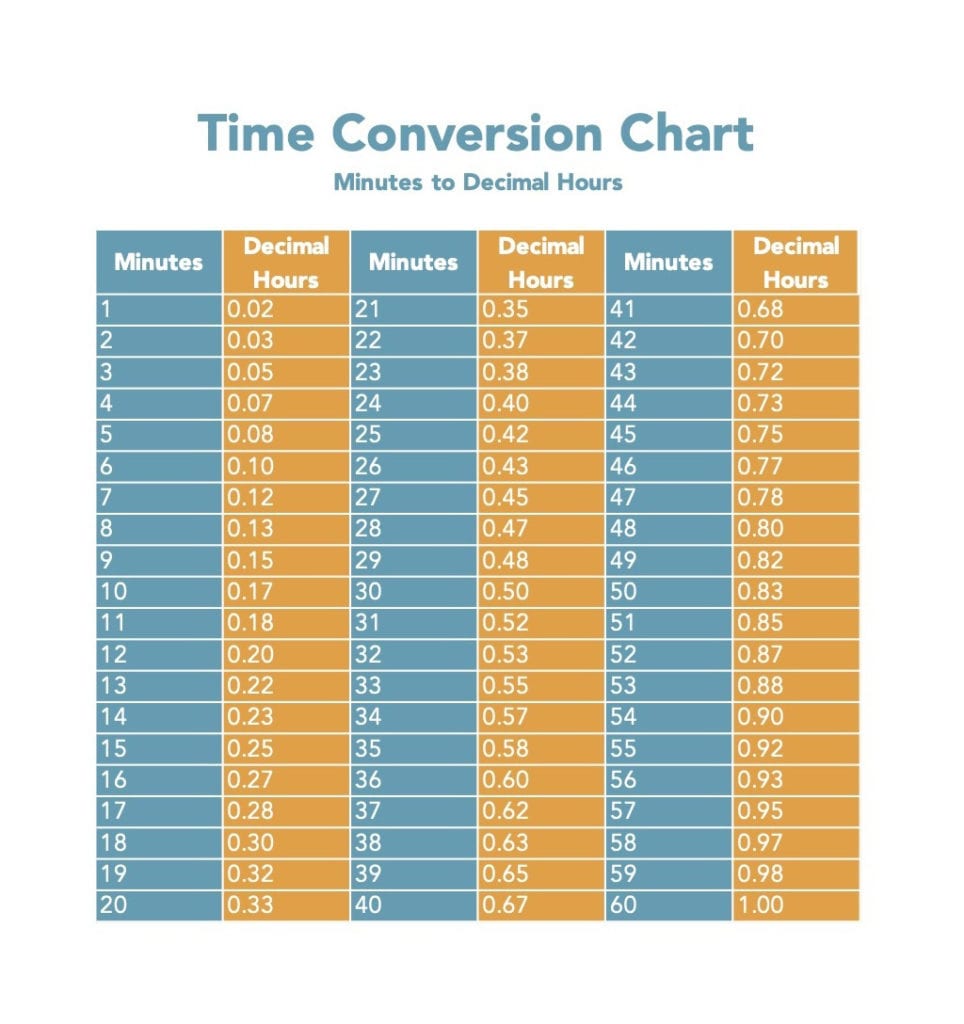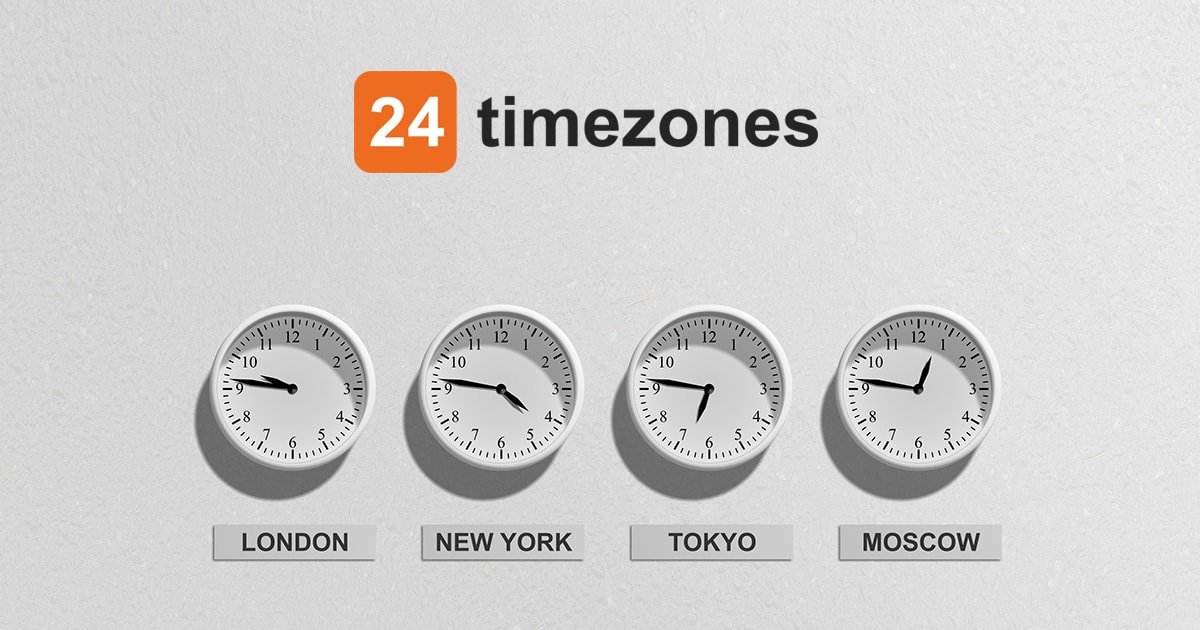
While it is essential to address any concerns related to criminal activities, one must do it without harbouring a bias against a community’s religious identity. This statement stereotypes the Muslim community as a potential threat, warranting special scrutiny of them.
Us time and india time converter verification#
Brij Mohan Chauhan, president of the Purola Vyapar Mandal, called for “a verification drive” targeting Muslim traders and shopkeepers and suggested that those deemed “delinquent” should not be permitted to remain in the town. Such attitudes are manifested through verbal or non-verbal slights, dismissive behaviours, or subtle acts that communicate derogatory messages or reinforce stereotypes.Īn instance of microaggression sprouted this week too in connection with the Mahasabha posters. There is also a strain of microaggression against minorities - where individuals engage in subtle forms of discrimination and bias toward a particular group. In the Uttarkashi incident, though, there appears to be another factor at work besides the othering of the Muslim community. Enraged locals began attacking Uttar Pradesh and Bihar migrants after the incident, and 170 people were arrested in connection with the violence.Īlso read: Haryana ‘love jihad’ law puts first case to litmus test-govt agenda, Sangh help, new… A similar situation arose in Gujarat in 2018 when hundreds of non-Gujaratis fled the state after the police arrested a native from Bihar for allegedly raping a toddler in Sabarkantha. Such generalisations, inspired by a tribalistic mindset of ‘us’ versus ‘them’, are not new in India where entire communities have often faced repercussions for the crimes of individuals. That is how every Muslim becomes a ‘love jihadi’.

No matter that it is based on the actions of a few individuals. This stereotyping is both unfair and counterproductive and strengthens the idea that Muslim men intend to harm Hindu women. These ingrained preconceptions distort the interpretation of individual actions - and give rise to a broader narrative that assigns collective blame.

The labelling of the Uttarkashi incident as a case of love jihad can be attributed to a combination of factors. Due to their lack of critical thinking, empathy, and a genuine commitment to seek the truth and address the complexity of love jihad, communities end up generalising an entire group. One crucial aspect of the alleged abduction attempt was that only one of the accused was a Muslim, yet it was labelled as a case of love jihad. This raises an important question: What inspires such reactions and beliefs?Īlso read: ‘All interfaith marriages not love jihad, but can’t deny facts’ - Hindu Right press… The language used in the posters indicated an attempt to intimidate and marginalise the Muslims living in the area, creating a hostile environment for them to work. The posters called for Muslim traders to vacate their shops before a mahapanchayat on 15 June to be held by the Devbhoomi Raksha Abhiyan, which campaigns for the “protection of the land of god”. Local residents have portrayed the incident as a case of ‘love jihad’, a term used by Right-wing groups to describe an unproved theory where Muslim men try to convert Hindu women by wooing them. Love jihad is not officially recognised by courts or the Indian government. Eventually the rest of the world began to use this system, shaping the time zones we know today.The emergence of posters threatening Muslim traders to shut their shops in Uttarakhand’s Uttarkashi district on 5 June was a deeply concerning development. It followed tensions in the region surrounding an alleged abduction attempt on a 14-year-old girl involving two men, one of whom was a Muslim.

Other countries created their own standard times and, in the late 1880s, the International Meridian Conference proposed a standardised 24-hour day, starting off at midnight GMT. However, in 1855, the Royal Greenwich Observatory started transmitting time signals and in 1880, the Greenwich Mean Time (GMT) became the country’s official standard time.
Us time and india time converter portable#
In 1847, British railway companies began to standardize the time they were using by providing their staff with portable chronometers, resulting in what became known as ‘Railway Time’. A better system was required to enable an efficient operation of railways and new telecommunication systems. Since the time calculations were based on the position of the sun, they could vary by four minutes for each degree of longitude.

In the nineteenth century, when mechanical clocks began to become popular, time was calculated locally. Time has traditionally been measured according to the position of the sun in the sky, which is different depending on where you are in the world.


 0 kommentar(er)
0 kommentar(er)
